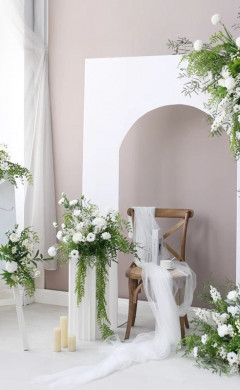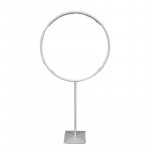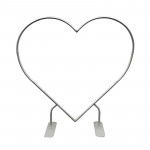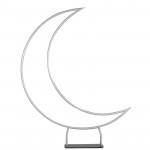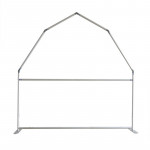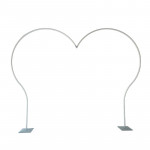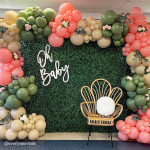Ultimate Guide to Eucalyptus
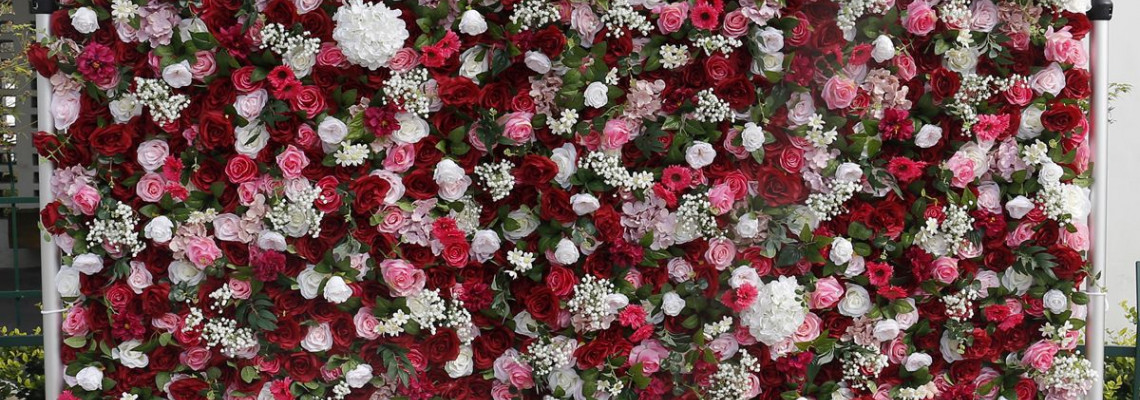
Ultimate Guide to Eucalyptus
Any floral arrangement effort starts with greenery. Imagine it as a carefully planned canvas that highlights the primary blooms. Because of all the green, the eye is drawn to the vivid hues of your sola wood blossoms. Additionally, you can use these plants to give your products texture, colour, and shape. The shapes of spillover centrepieces and cascading bouquets are only possible by adding foliage.
Additionally, it would be easier to discuss greenery by mentioning eucalyptus, everyone's favourite foliage. It's one of the most well-known and sought-after types of greenery in floristry and craft stores. Its subtle, minty aroma has been proven to reduce anxiety and is both calming and energizing. Because of its beauty and adaptability, it is gradually taking over the rustic wedding scene and is utilized as filler for both bouquets and centrepieces. For these and other reasons, it's hard to avoid falling in love with eucalyptus.
Using eucalyptus for crafting
Even though eucalyptus is a sturdy bush, its leaves will wilt and die when fresh. On average, eucalyptus stems out of water will last three to four days, which is plenty to last the whole day of your celebration. However, if you want to send the flowers home with your guests, preserving eucalyptus is a better alternative because it will stay longer.
Preserved eucalyptus for crafting
Flowersarch offers two varieties of eucalyptus leaves: artificial and dried. Several alternatives are available in both categories, including the Silver Dollar, Willow, and Baby Blue eucalyptus.
Dried Eucalyptus for Crafting
Dried eucalyptus is ideal for crafts and goes well with Flowersarch , even if eucalyptus is already a durable, low-maintenance bush. This combo will endure for a very long time. To stop bacteria from growing, there's no need to clip the stems every three days or put flower food in a vase filled with water. When kept indoors, this piece will not lose a single leaf and can last for months.
It's ideal for folks with hectic schedules who like to maintain a fresh look without the hassle of caring for a live plant in their house. The Silver Dollar eucalyptus is our favourite because of the volume it gives to centrepieces. The large, spherical leaves also serve as a background for large and little flowers.
To give centrepieces height, use Baby Blue eucalyptus that has been frosted or satin-washed. Add a few sprigs to rapidly improve the appearance of a vase filled with sola flowers. Satin-washed eucalyptus comes in many hues, so you can see which one complements your bouquet the best.
Faux Eucalyptus
Despite being composed of synthetic materials, fake eucalyptus closely mimics the real thing. Since its introduction in the 1990s, phoney foliage has advanced significantly, much like artificial flowers. They are painstakingly created always to have the most lifelike appearance and feel.
The eucalyptus pick is a fake eucalyptus product sold by Flowersarch . It is available in burgundy and green. Looking closely, you can immediately see the leaf's veins and intricate midrib. Add vibrant sola flowers to your bouquet to contrast with the dark eucalyptus picks.
Using preserved eucalyptus for bouquets
During an event, eucalyptus is used to design particular elements but may also be used to create the overall look. We've seen wedding blogs featuring designers who used various eucalyptus species in their wedding décor, such as Willow eucalyptus for the aisle, Silver Dollar garlands for the table runner, Seeded and Baby Blues in the bouquet, and a mix of various eucalyptus species and a bunch of delicate flowers on the wedding arch. Design coherence can be attained by using the same greenery throughout your arrangements rather than overspending on expensive flowers. View this selection of eucalyptus-based wedding décor.
Preserved eucalyptus is preferred because it is more resilient and will survive in a variety of climates. Flowers and foliage can be maintained in various ways, but our two favorite methods are silica gel and glycerine.
Glycerine Preservation
Glycerinizing is the process of using glycerine to preserve flowers and plants. Even after being fully preserved, its leaves and petals remain soft and malleable, which is one of its many benefits.
To preserve eucalyptus with glycerine, combine one glycerine with two parts of hot water. The glycerine dissolves more readily in boiling water, which speeds up its penetration through the stems and leaves. Once the glycerine/water mixture has cooled, pour it into a jar and add the eucalyptus branches. About four inches of the eucalyptus stem should be covered with water.
After soaking the eucalyptus in the glycerine mixture for a week, add more if needed. The leaves will start to become a little yellowish. When the glycerine is completely saturated, the stems will cease to absorb it. The eucalyptus can be used for your floral creations after being hung upside down to dry for two to three days.
Silica Gel
Although working with silica gel is easy, we want to share a few tips to ensure that your preserved eucalyptus looks its best.
Trim the eucalyptus stems to the appropriate length for the container. Depending on the type you're preserving, you can set the eucalyptus upright or flat on the container. Apply silica gel to the eucalyptus until all of the leaves are thoroughly covered.
Eucalyptus stems will be preserved in silica for five to seven days. Similar to glycerinizing, silica gel preservation keeps the eucalyptus leaves' three-dimensional form. Additionally, it maintains its colour, making it the crafter's best-kept secret for preserving lovely greenery and flowers.
What do you use eucalyptus for, and which species is your favourite? Please take a picture, then post it to Flowersarch Official. Remember that the Flowersarch website offers flowers, other crafts products, and extra supplies if your supply of greenery is running short.
